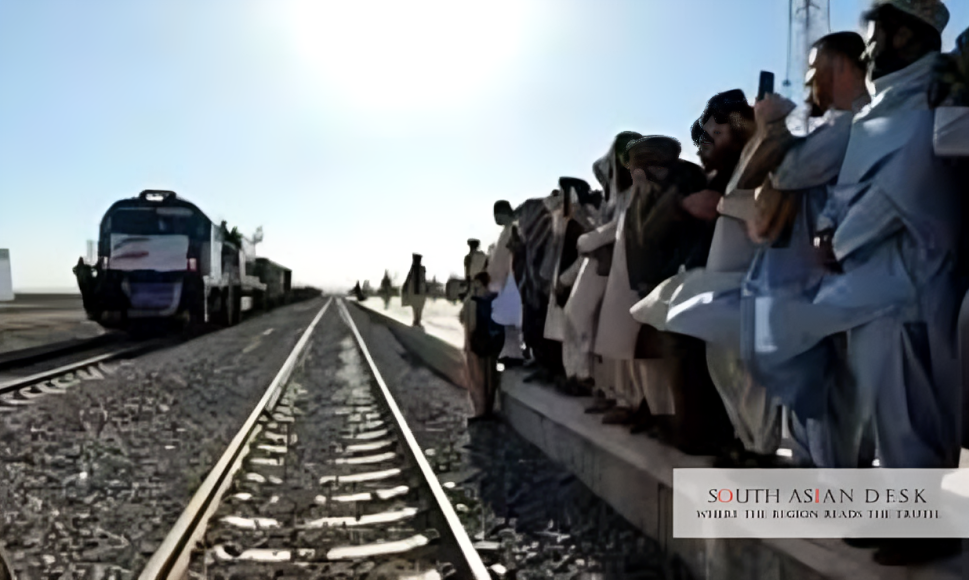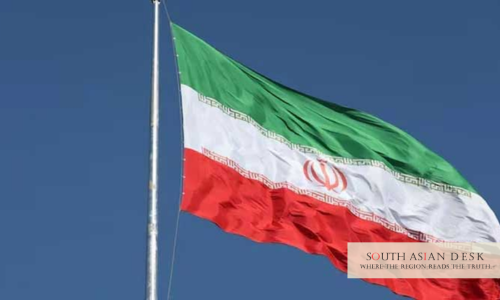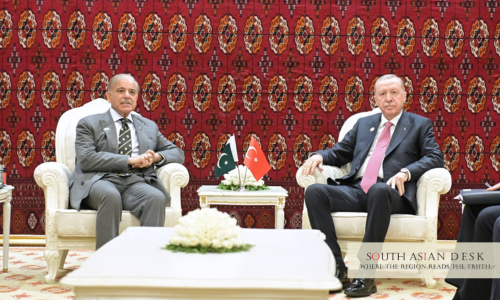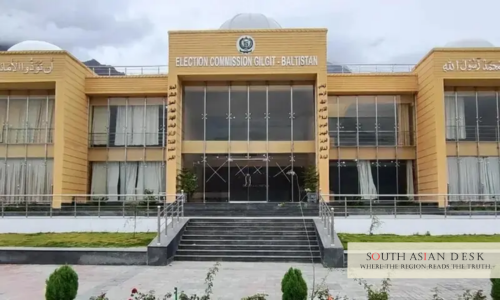Kabul — Afghanistan, Iran, and Turkiye signed a railway MoU on 22 October 2025 in Istanbul to advance tripartite railway cooperation, focusing on the construction of the Herat-Mazar-e-Sharif line. The agreement, reached during a trilateral meeting, commits shared resources to enhance regional connectivity. Delegations led by Afghan Deputy Minister Mawlawi Mohammad Ishaq Sahibzada, alongside Iranian and Turkish railway officials. Joint design and build of 400km rail extension.
This Afghanistan Iran Turkiye railway MoU 2025 holds profound implications for South Asia. It transforms landlocked Afghanistan into a strategic rail corridor Iran Turkiye nexus, easing goods movement from Europe to East Asia. Enhanced links could slash transit times by 30%, spurring economic growth amid regional instability. For South Asian nations like Pakistan and India, it opens alternative routes, reducing reliance on congested ports and fostering cross-border commerce worth billions.
Tripartite Railway Cooperation in Istanbul Drives Connectivity
Afghan officials hailed the pact as a milestone. The trilateral meeting occurred on the margins of the 36th Regional Assembly of the International Union of Railways (UIC) in Istanbul. Delegates from Afghanistan, Iran, and Turkiye convened to address shared transport challenges.
Mawlawi Mohammad Ishaq Sahibzada, Deputy Minister for Railways at Afghanistan’s Ministry of Public Works, headed the Afghan team. He joined counterparts from Iran’s Ministry of Roads and Urban Development and Turkiye’s Ministry of Transport and Infrastructure.
Talks centred on integrating national rail systems. Participants stressed the need for seamless links to handle rising cargo demands. The session built on prior bilateral efforts, including Iran’s Khaf-Herat line, now extending northward.
Mohammad Ashraf Haqshenas, spokesperson for Afghanistan’s Ministry of Public Works, outlined the discussions. “In the trilateral meeting between Afghanistan, Iran, and Turkiye held to strengthen railway cooperation talks focused on the importance of connecting the three countries by rail and on the transport of commercial goods,” Haqshenas said.
Turkish representatives echoed the sentiment. Officials noted the potential to connect Turkiye’s network through Iran to China via Afghanistan. “Through joint collaboration, they would be able to link the rail networks of Türkiye and Iran with China via Afghanistan,” a Turkish delegate stated, as per ministry reports.
The agreement targets a 400km extension from Herat to Mazar-e-Sharif. This line will standardise at 1,435mm gauge, matching Iran and Turkiye’s systems. Construction draws on each nation’s strengths: Afghanistan provides land access, Iran technical expertise from ongoing Khaf-Herat works, and Turkiye funding channels.
Afghanistan Strategic Rail Corridor Iran Turkiye Takes Shape
The MoU formalises commitments under the Afghanistan strategic rail corridor Iran Turkiye framework. Signatories pledged to launch design phases immediately. Each country contributes proportionally: Afghanistan 20% in logistics, Iran 40% in engineering, Turkiye 40% in finance.
This builds on September’s groundbreaking for Herat’s final phase. That 225km Khaf-Herat segment, valued at $100 million, advances under Iranian contractors. Completion by mid-2026 will feed into the new extension. Data from the UIC underscores the project’s scale. Regional rail cargo hit 50 million tonnes in 2024, with projections doubling by 2030. The corridor could capture 15% of that, generating $500 million yearly for Afghanistan in transit fees.
Economic analysts view it positively. Mir Shakib Mir, a Kabul-based expert, called it essential. “Investing in the expansion of Afghanistan’s railway system and connecting it with other countries is a fundamental need and a valuable opportunity. The development of railways could significantly boost trade between Afghanistan and regional countries,” Mir said.
Abdul Zohor Modabar added strategic value. “We have several assets that we can showcase to the world and convince others to establish partnerships with Afghanistan. As a transit hub, we can foster strong relationships with regional countries,” he noted. Challenges persist. Border protocols require harmonisation. Visa regimes for rail staff demand updates. Yet, the pact includes clauses for joint task forces to resolve these by Q1 2026.
Iran’s role amplifies the initiative. In July 2025, Tehran announced passenger routes to Herat and Ankara. Jabbar Ali Zakeri, CEO of Iran’s RAJA, confirmed plans. These lines, starting September, will test cross-border operations ahead of full freight rollout.
Turkiye invests heavily in Eurasian links. Its TRIPP corridor, groundbreaking in August 2025, aligns with this MoU. The 224km Turkish segment connects to Iranian borders, forming a unified chain.
Background: Evolving Regional Rail Networks
Afghanistan’s rail ambitions date to 2011’s Five-Year Plan. Early projects stalled amid conflict. Post-2021 stability revived efforts. The Khaf-Herat line, 80% complete by 2025, marks the first standard-gauge track in the country.
Bilateral pacts laid groundwork. Iran-Afghanistan agreements in 2023 funded initial surveys. Turkiye joined via UIC forums, eyeing Belt and Road synergies.
The 36th UIC Assembly provided the platform. Over 50 nations attended, debating climate-resilient infrastructure. Afghanistan’s proposal for the Mazar extension gained consensus, highlighting tripartite resolve. This MoU fits broader corridors. It complements the Lapis Lazuli route (Afghanistan-Turkmenistan-Azerbaijan-Georgia-Turkiye) and North-South links. UN reports from August 2025 praised such integrations for South-South cooperation.
What’s Next for Afghanistan Iran Turkiye Railway MoU 2025
Implementation kicks off in January 2026. A joint steering committee meets quarterly in rotating capitals. Feasibility studies, funded at $10 million, wrap by March. Success hinges on sustained funding. Donors like the Asian Development Bank eye support. Cargo trials on the extended line aim for 2027 operations.
The pact signals optimism. It counters isolation narratives, proving Afghanistan’s pivot to infrastructure-led recovery. Regional powers see mutual gains in stable routes. As tracks lay, the Afghanistan Iran Turkiye railway MoU 2025 promises enduring ties. This corridor could redefine trade flows, cementing Afghanistan’s hub status for decades.
Published in SouthAsianDesk, October 25th, 2025
Follow SouthAsianDesk on X, Instagram, and Facebook for insights on business and current affairs from across South Asia.






